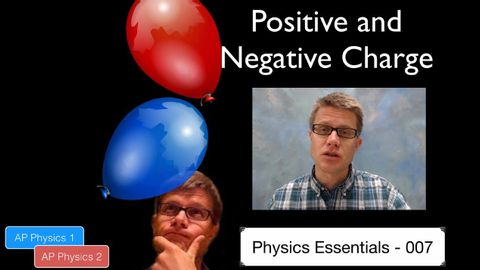正負電荷
Cheng-Hong Liu が 2015 年 02 月 23 日 に投稿  この条件に一致する単語はありません
この条件に一致する単語はありませんUS /ˈnɛɡətɪv/
・
UK /'neɡətɪv/
- n.マイナスの電極;否定文の;「いや」という返事;写真や映画のネガ
- adj.嫌な;負の数の;悲観的な;否定的;陰性の;負の
US /fɔrs, fors/
・
UK /fɔ:s/
- n.軍隊;力;強制;武力;影響力;勢い;警察
- v.t.強要する;こじ開ける;促成栽培する
US /ˈpɑzɪtɪv/
・
UK /ˈpɒzətɪv/
- adj.肯定的な;確実な;電気のプラス極;よい;陽性の;楽観的な;正の;ポジ
- n.ポジ
US /dɪˈskrɪpʃən/
・
UK /dɪˈskrɪpʃn/
エネルギーを使用
すべての単語を解除
発音・解説・フィルター機能を解除
